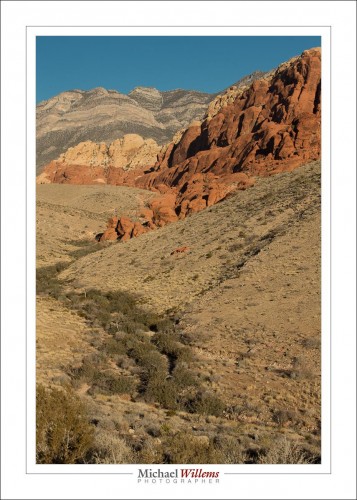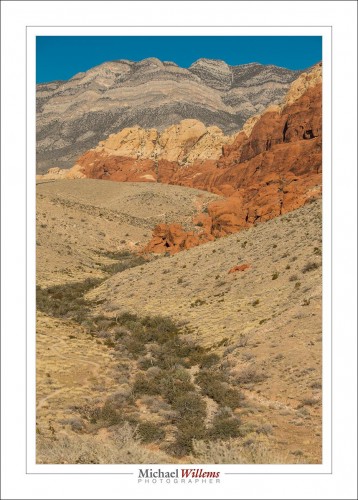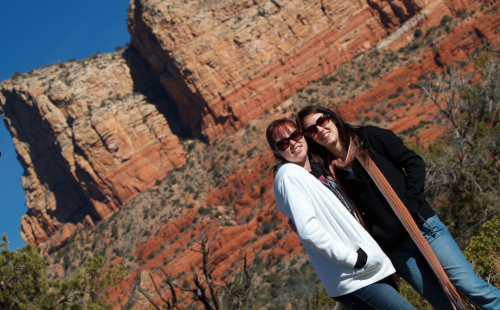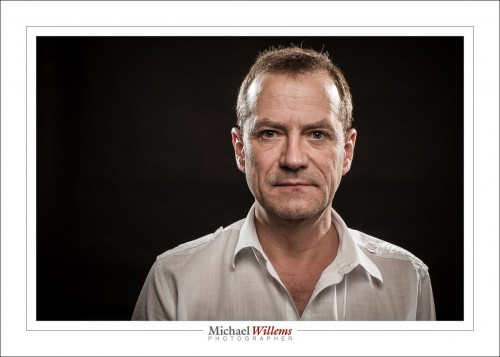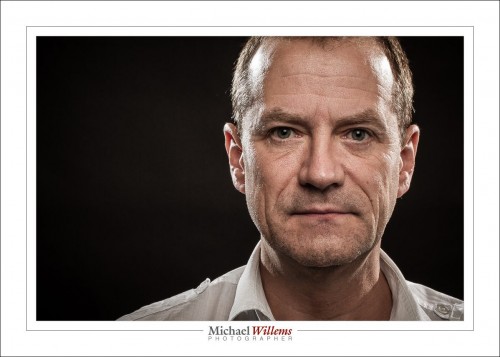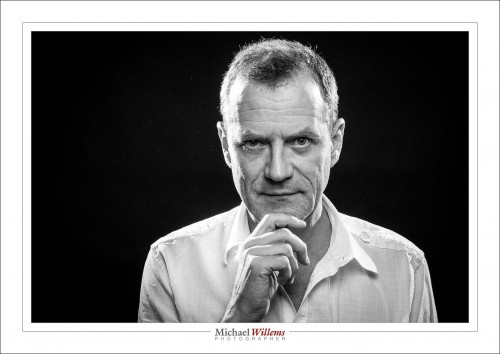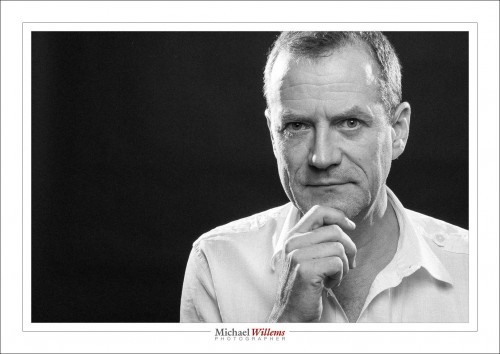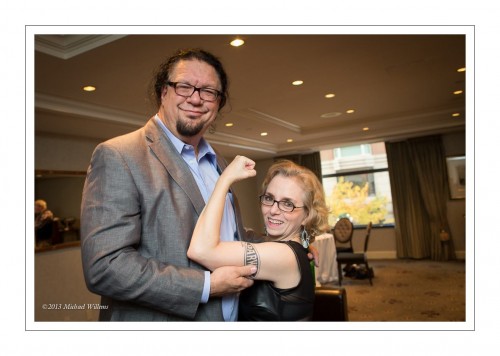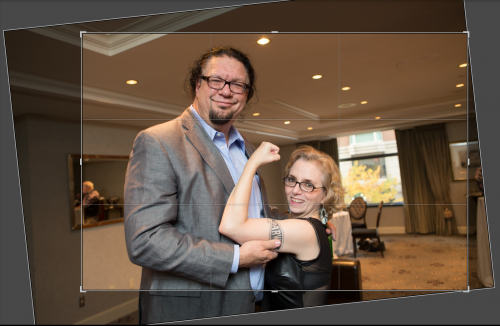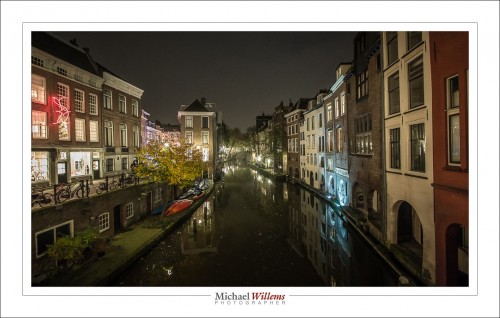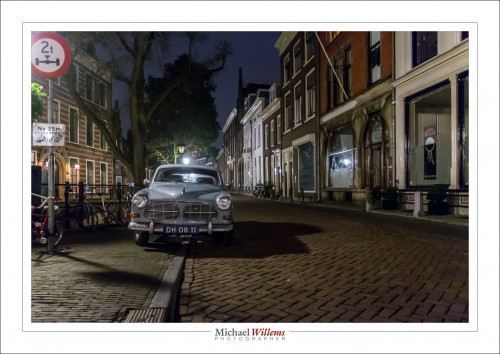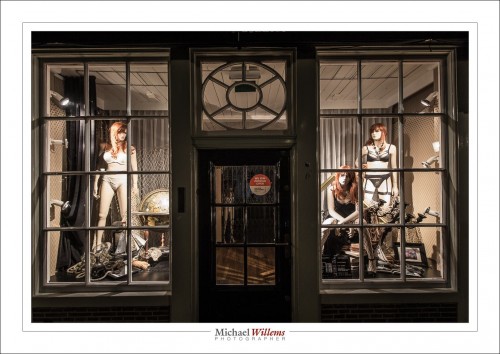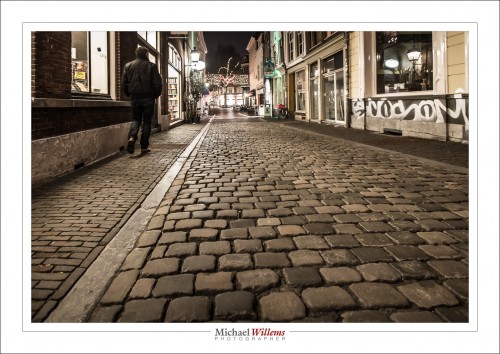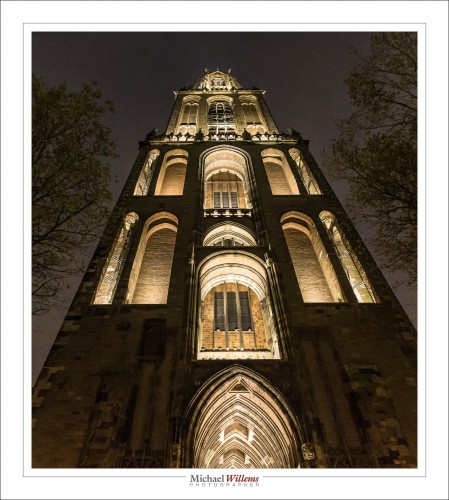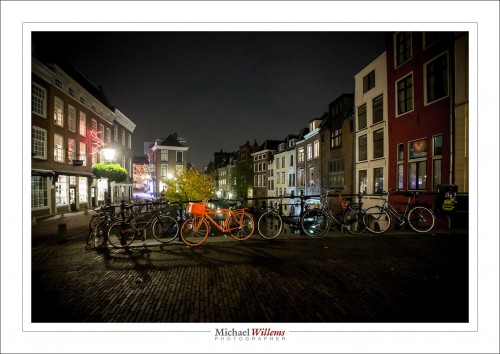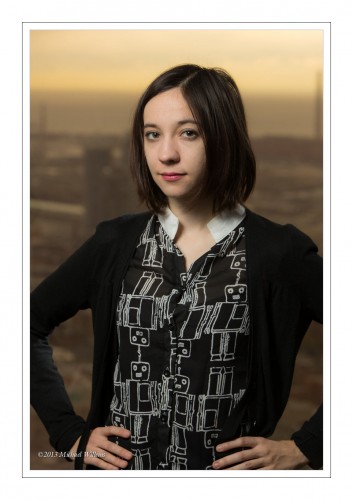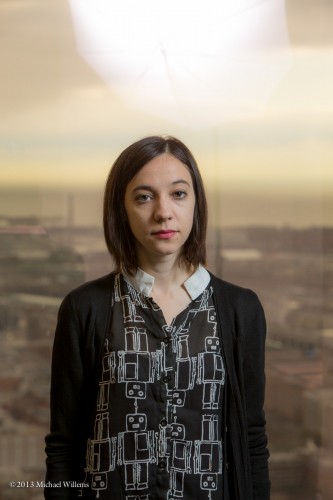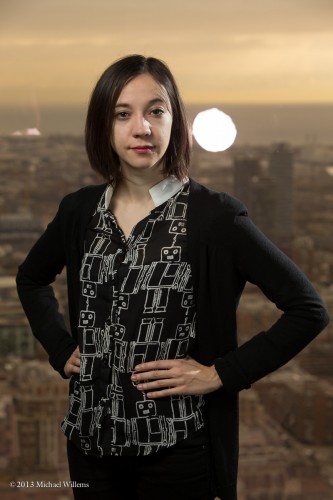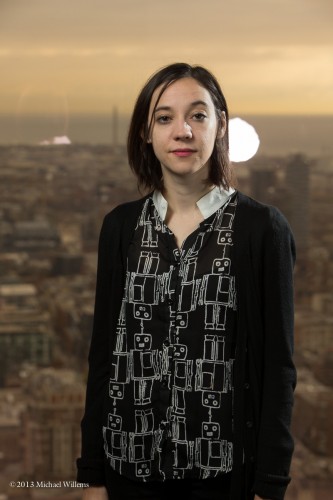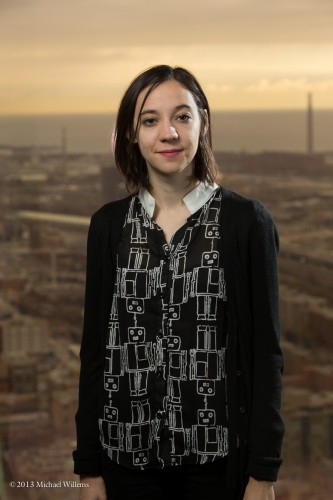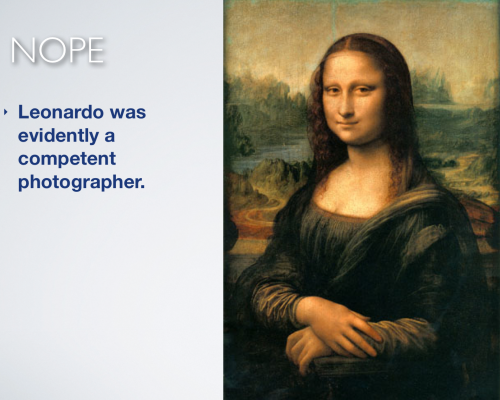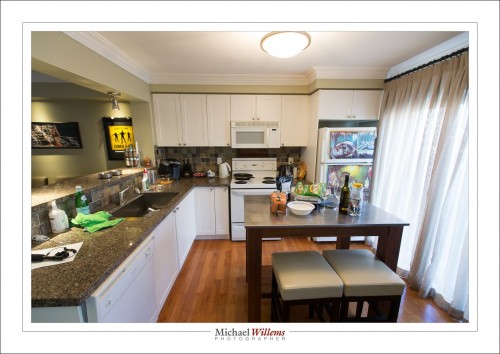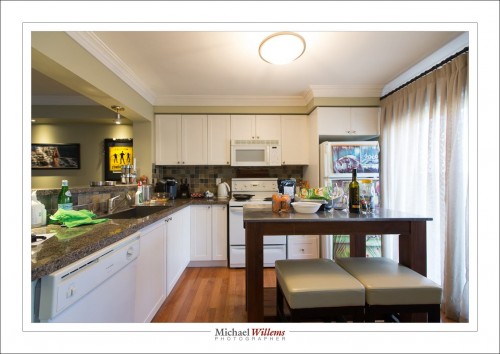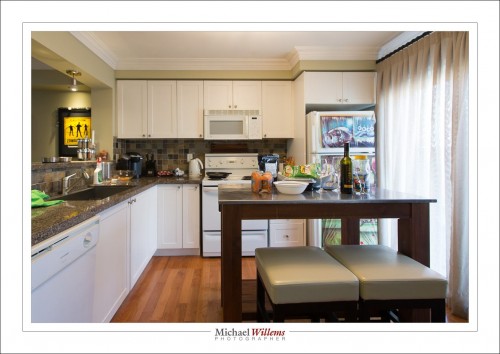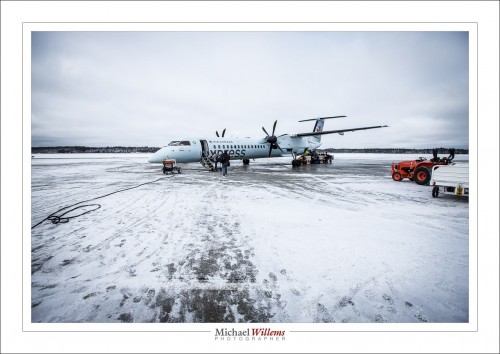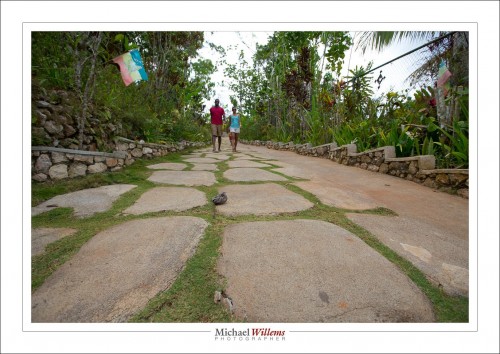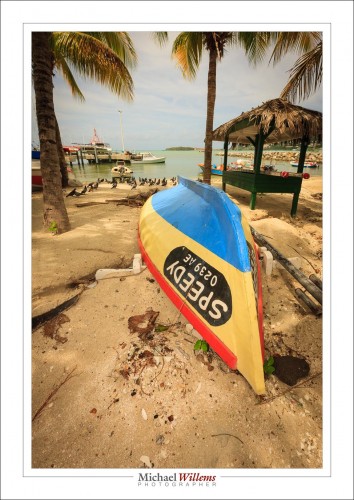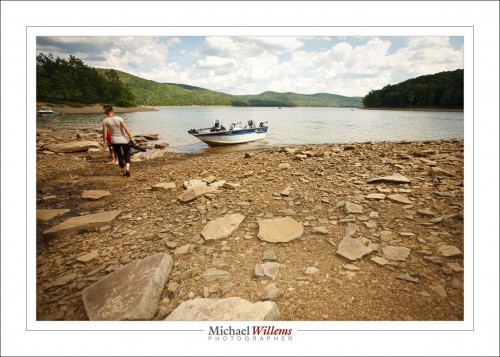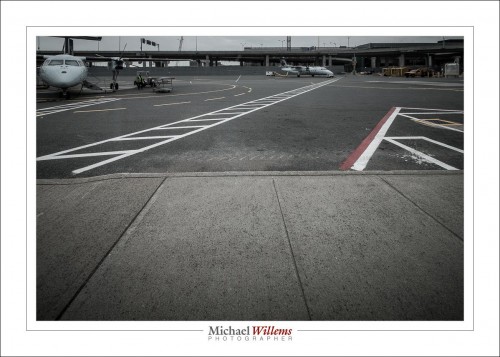Colour brings with it a whole set of feelings and emotions. We talk about “warm” colours, “cold” colours, and we tie colours to things we have experienced.
One of my favourite artists is the late Edward Hopper (1882-1967). He of the Night Hawks, yes. But also, and especially, he of the stark room settings, and of the amazing summer colours.
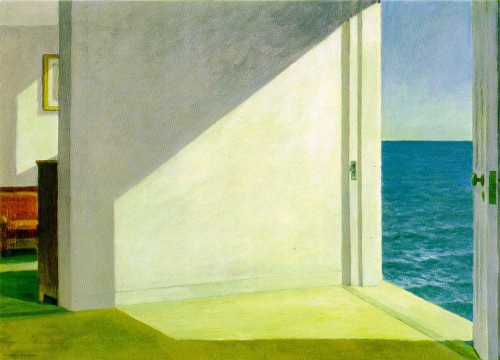
I love the way Hopper perfectly captured the summer colours. And not by making the image red, as might be expected, but rather, by giving it that wonderful olive greenish cast. I can feel the weather, I can hear the sea, I can sense the afternoon.
If I take a summer image and set white balance to “auto”, I get a very correct image, but not one that speaks to me:
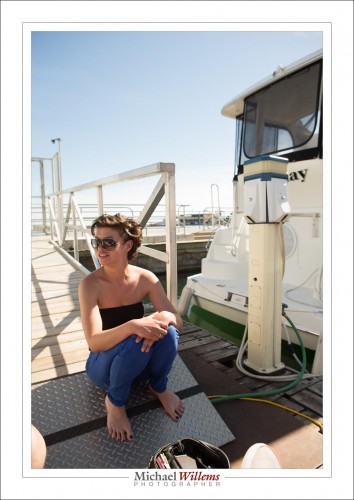
If, however, I select the right white balance setting, I get:
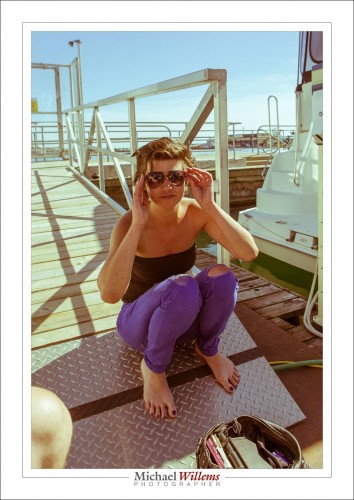
That yellow-green look, almost like a faded polaroid, speaks to me of a lazy, warm, long-lost summer day. I can almost feel the sun.
Hopper was a master of this. Here’s his Summer Interior:
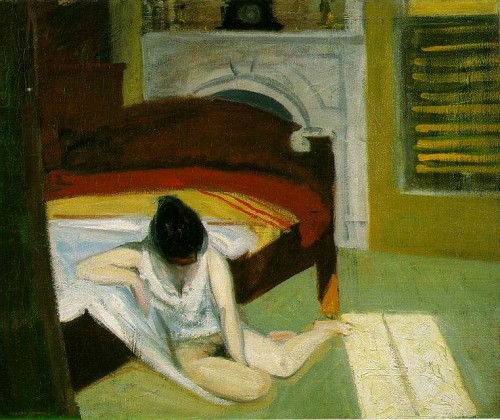
And “Sunday”:
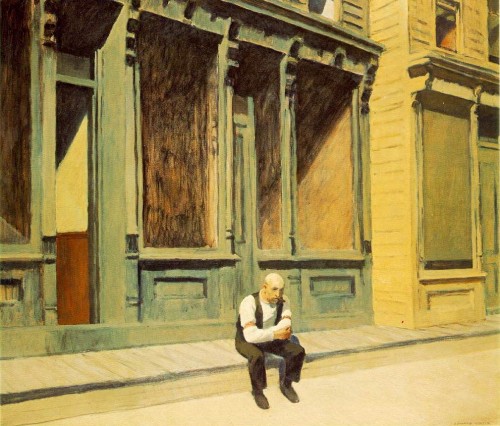
And this:
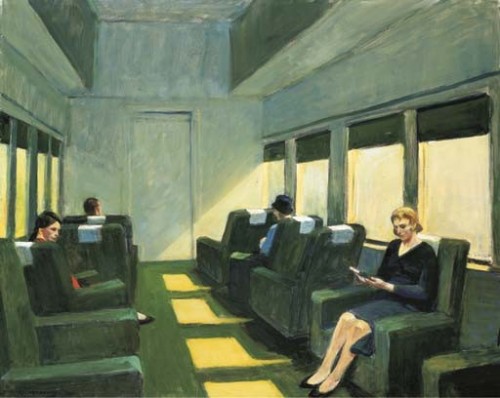
And one more:
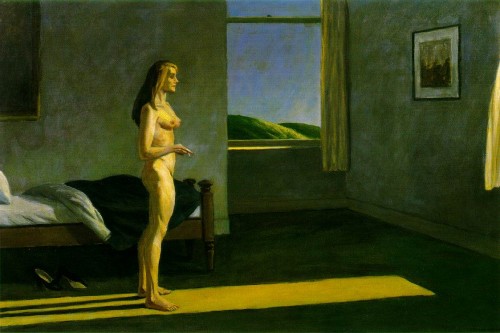
All those speak to me of the same warm summer afternoon feeling. So I try sometimes to recreate the same feeling Hopper evokes. Like here:
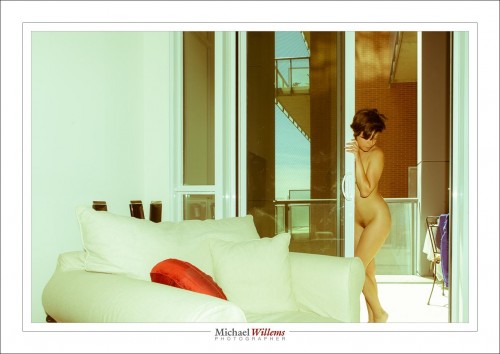
Compare that to the first Hopper, and you will – if you are me, anyway – get the same kind of green/yellow summer feeling. And that is the power of colour. So think about it carefully. Colour, like other aspects of light, is an interpretation as much as a fixed value. Look at artists who inspire you, and ask “what were they doing with colour and how does it affect me?”.

